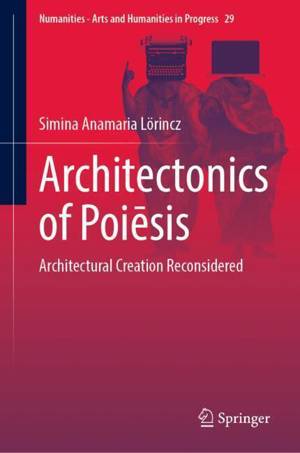
- Retrait gratuit dans votre magasin Club
- 7.000.000 titres dans notre catalogue
- Payer en toute sécurité
- Toujours un magasin près de chez vous
- Retrait gratuit dans votre magasin Club
- 7.000.0000 titres dans notre catalogue
- Payer en toute sécurité
- Toujours un magasin près de chez vous
Description
This volume explores the meaning of the architectural creative act, following the dynamics of the relationship between creator-creative act-creation and the way in which architecture is defined over time, as a creative act both material and symbolic. Two protagonists, Antonio Averlino (Filarete) and Christopher Alexander, are singled out under the guiding concepts of poí sis and poeta faber. The book initiates a dialogue over time between their works and concepts, engaging two cultures, the Renaissance and the contemporary, symbolically chosen for their importance in redefining the profession through the prism of its relation to the architectural creative act.
The core idea revolves around rediscovering the humanistic approach to architecture in and for the contemporary context, and using it in order to better understand architectural creation. This text appeals to students and researchers working in the history and theory of architecture, product, industrial design, and semiotics.
Spécifications
Parties prenantes
- Auteur(s) :
- Editeur:
Contenu
- Nombre de pages :
- 175
- Langue:
- Anglais
- Collection :
- Tome:
- n° 29
Caractéristiques
- EAN:
- 9783031599583
- Date de parution :
- 11-06-24
- Format:
- Livre relié
- Format numérique:
- Genaaid
- Dimensions :
- 156 mm x 234 mm
- Poids :
- 453 g

Les avis
Nous publions uniquement les avis qui respectent les conditions requises. Consultez nos conditions pour les avis.






